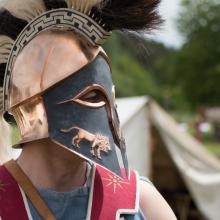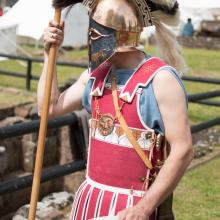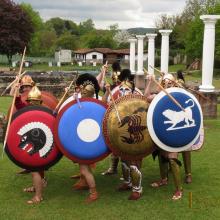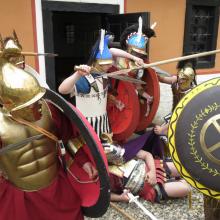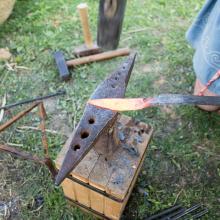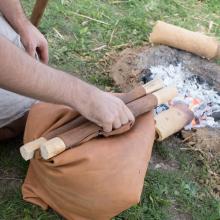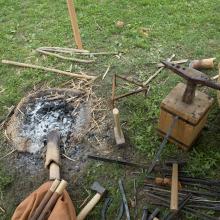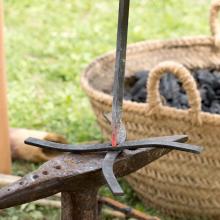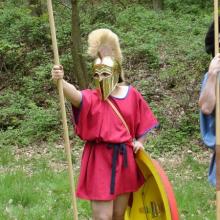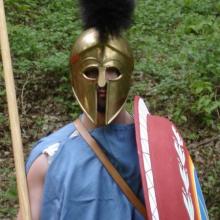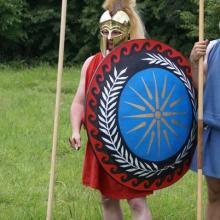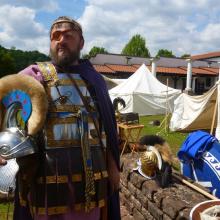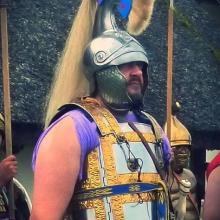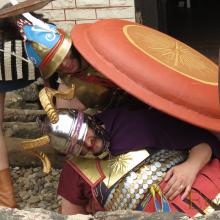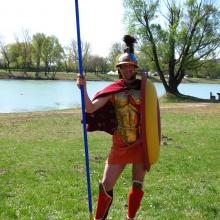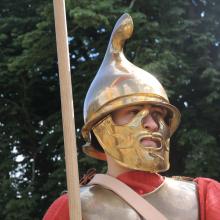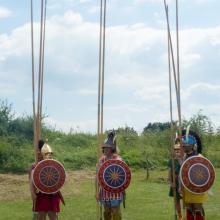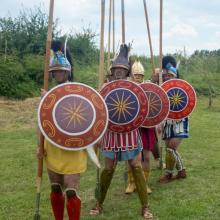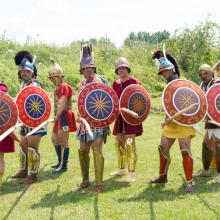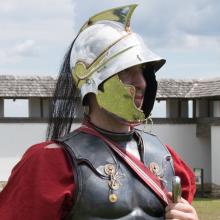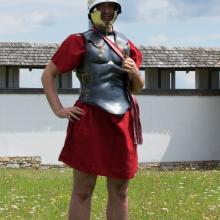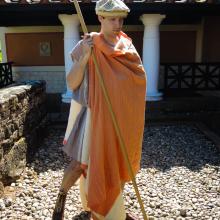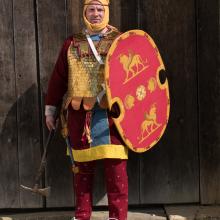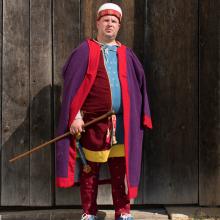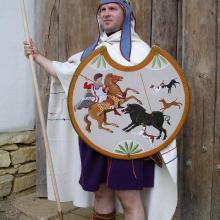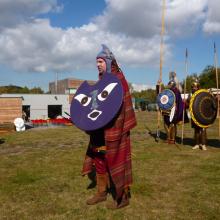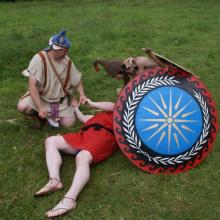The range of our historical impressions reaches chronologically from the Greek classical era in the early fifth century B.C.E. to the second century B.C.E., and geographically from the peoples of Italy, to the Balkans and of course Greece, over the Hellespont into Asia Minor, and further into Persia. The historical focus of the group is ancient Greece, but many of our members have developed secondary impressions from one or more of the areas mentioned above. With enough time to prepare, we are also able to develop a presentation that is specifically tailored to the topic of your event or lesson. If you are interested in working with us, please see our page for interested museums or educational institutions for more details.
If you plan to develop a historical impression based in ancient Greece yourself, we invite you to visit us in our online message board. We are always available to give advice and to answer any questions you might have. You might also be interested in our literature recommendations or list of tools for online-research.
This is a list of our historical impressions.



